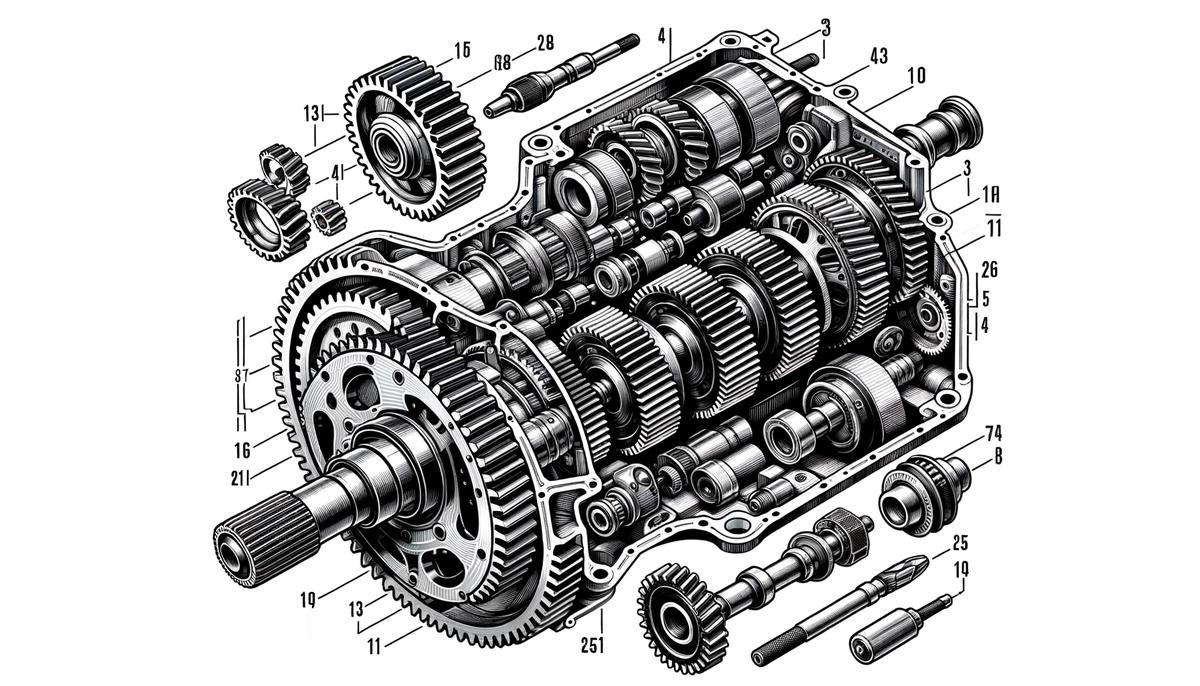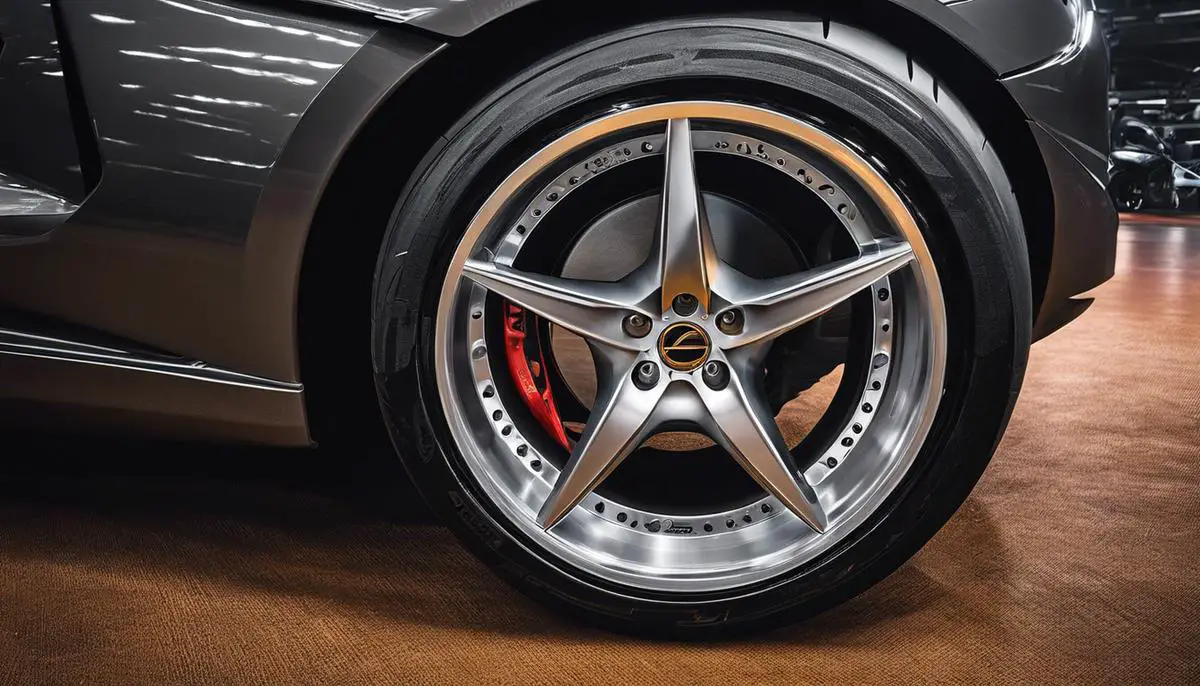Gear ratios play an essential role in the mechanical world, influencing the performance and efficiency of various machines and vehicles. This article aims to shed light on how gear ratios work, their impact on acceleration and fuel efficiency, and the advancements in gear ratio technology. By exploring these areas, readers will gain a deeper understanding of this fundamental concept and its significance in everyday machinery and transportation.
Contents
Understanding Gear Ratios
Understanding Gear Ratios and Their Function
In the world of mechanics, understanding gear ratios is akin to unlocking a significant portion of how things work, especially when it comes to vehicles. Gear ratios are a fundamental concept that helps machines perform efficiently across various speeds and conditions. But, what exactly are gear ratios, and how do they function?
At its core, a gear ratio denotes the speed at which one gear wheel drives another within a gear system. It’s essentially the ratio of the speeds of two gears or the ratio of their circumferences. For example, in a simple two-gear system, if one gear with 10 teeth turns and drives another gear with 20 teeth, the gear ratio is 1:2. This means, for every complete turn of the smaller gear, the larger gear turns only half a turn.
This ratio dictates what happens when gears in a machine, such as a car, operate. The primary function of gear ratios in vehicles is to transmit power from the engine to the wheels in the most efficient way possible. At low speeds, you need more force to get the vehicle moving, requiring a lower gear ratio. Essentially, lower gear ratios translate to more grunt but less speed, suitable for climbing hills or starting off.
As the vehicle picks up speed, higher gear ratios are used. These ratios reduce the engine’s need to work as hard while maintaining speed, allowing for better fuel efficiency and lower engine strains at high speeds. Thus, the gear ratio adjusts to provide a balance between power and speed.
Another critical aspect of gear ratios is their role in bicycles. Here, gear ratios affect how hard the rider must pedal to move forward. A lower gear ratio means easier pedaling at the cost of lower speed, ideal for uphill climbs. In contrast, a higher gear ratio requires harder pedaling effort, which translates to more speed and is ideal for flat surfaces or descending slopes.
It’s also worth mentioning the role of gear ratios in machinery and industrial applications, where they are used to control the output speed and torque of motors. The principle remains the same: adjusting the gear ratio alters the balance between speed and the force the machine can exert.
To sum it up, gear ratios are a fundamental mechanical principle that makes efficient transmission of power and speed adjustment possible in various devices, from cars and bicycles to complex machinery. By altering the gear ratio, one can significantly influence how a machine performs, providing either more power or more speed, depending on the requirement. This balance between power and speed is what makes gear ratios indispensable in the mechanical world.
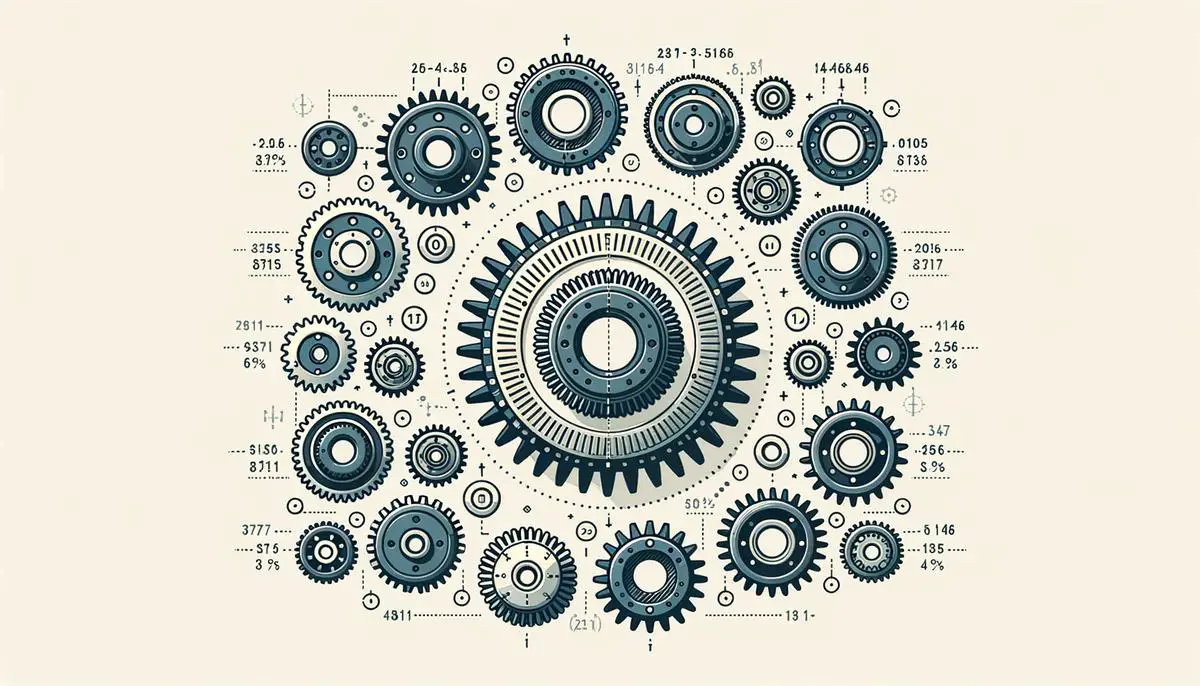
Gear Ratios and Acceleration
Understanding the impact of gear ratios on a vehicle’s acceleration is crucial for grasping the essentials of automotive performance.
When you press the accelerator, you’re initiating a complex interaction between the engine’s power and the vehicle’s transmission – with gear ratios playing a pivotal role in this dance.
To put it simply, a gear ratio determines how many turns the output shaft (connected to the wheels) will make for every turn of the engine’s input shaft. This ratio is pivotal in deciding how your vehicle uses the power the engine generates.
When it comes to acceleration, lower gear ratios, often referred to as “short gearing,” ensure that the engine outputs more power to the wheels in a shorter amount of time. This provides a burst of speed that’s most noticeable when you first start moving or during the early stages of acceleration – think of the strong pull you feel when you first step on the gas.
Imagine you’re driving a car equipped with an adjustable transmission, allowing you to play with gear ratios at will. If you select a low (short) gear ratio as you pull away from a stoplight, the engine works harder, and the car accelerates more quickly. It’s akin to riding a bike – pushing off in a low gear makes it easier to start moving quickly but requires more frequent pedaling.
However, there’s a trade-off. While lower gear ratios favor quick starts and brisk acceleration, they come at the expense of higher fuel consumption and increased engine wear over time, due to the higher RPMs. Additionally, staying in a lower gear too long can lead to less efficient high-speed performance. That’s where higher gear ratios come in, optimizing fuel efficiency and engine effort at cruising speeds.
In the context of vehicle design and performance tuning, engineers meticulously calculate and test gear ratios to achieve a balance between acceleration, top speed, fuel efficiency, and drivability. Sports cars, for instance, might favor lower gear ratios to enhance acceleration – sacrificing fuel economy for performance. Meanwhile, a family sedan will have its gear ratios tuned for a smoother, more economically efficient ride suitable for daily use.
In practical terms, if you’ve ever driven a vehicle with a manual transmission, you’ve likely felt the impact of gear ratios firsthand. Shifting gears allows you to directly control the balance between speed and power. It requires understanding when to shift up or down to maintain optimal engine performance, whether you’re accelerating onto a highway or climbing a steep hill.
In sum, gear ratios serve as a fundamental link between a vehicle’s engine power and its ability to accelerate efficiently. By understanding the role these ratios play, drivers can better appreciate the engineering that goes into making their vehicles responsive and fun to drive. Whether you’re behind the wheel of a high-performance sports car or a dependable family SUV, gear ratios influence your driving experience in meaningful ways.
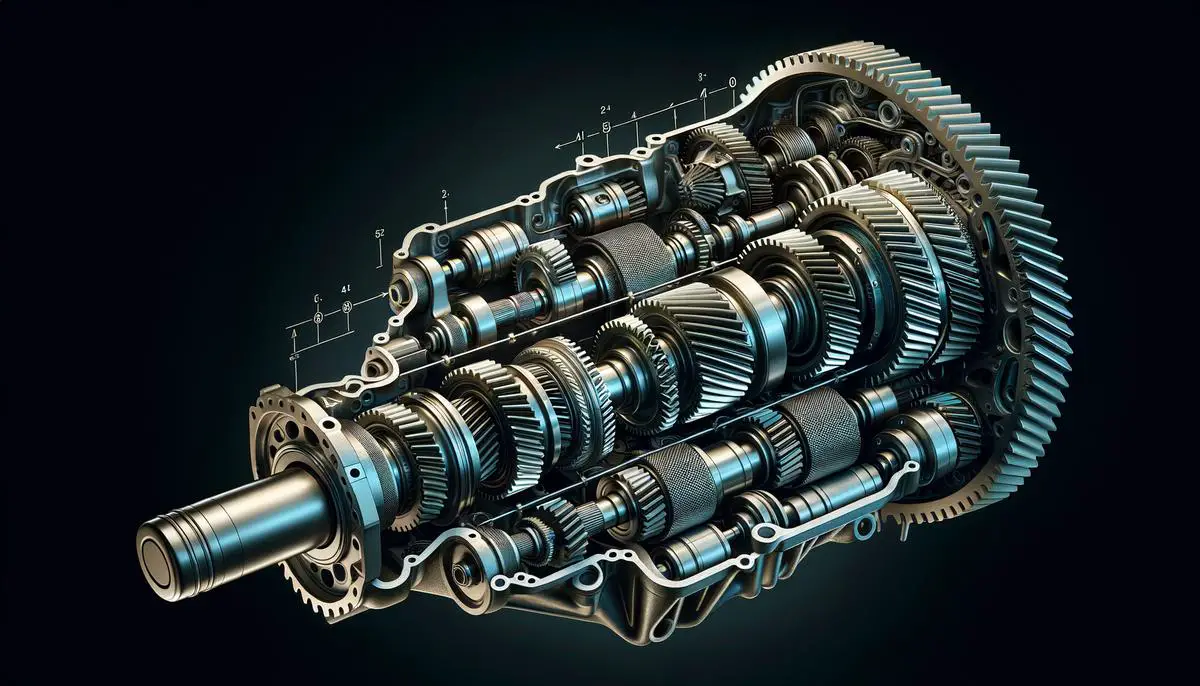
Gear Ratios and Fuel Efficiency
Diving deeper into the world of gear ratios and fuel efficiency, it’s essential to understand the advancements in automatic transmission systems. Modern vehicles are increasingly being equipped with automatic transmissions that feature a wider range of gear ratios compared to the traditional manual systems. This expansion in the gear ratio spectrum allows for a more nuanced control of the engine’s power, optimizing fuel consumption for a variety of driving conditions.
At the heart of this development is the continuously variable transmission (CVT), a type of automatic transmission that offers infinitely variable gear ratios, essentially allowing the vehicle to operate within the most fuel-efficient engine speed range regardless of the vehicle’s speed. CVTs have revolutionized the approach to achieving better fuel economy by maintaining an optimal engine load, leading to significant reductions in fuel consumption.
Furthermore, hybrid and electric vehicles (EVs) present a unique case in the discussion of gear ratios and fuel efficiency. Many of these vehicles use a single-speed transmission, which, due to the nature of electric motors that deliver consistent torque over a wide range of speeds, does not require multiple gears to optimize fuel efficiency. However, some hybrid models utilize complex gearing systems that combine the benefits of CVTs with the power of electric motors to further enhance fuel efficiency and performance.
Advancements in technology have also led to the development of ‘intelligent’ or ‘smart’ transmissions. These systems deploy computer algorithms to dynamically adjust gear ratios in real-time based on driving conditions, engine performance, and driver behavior. By preemptively selecting the most fuel-efficient gear ratio for any given scenario, these intelligent systems can substantially reduce fuel consumption and greenhouse gas emissions.
The environmental impact of gear ratios on fuel efficiency cannot be understated. As global efforts increase to reduce carbon footprints and combat climate change, the automotive industry’s focus on optimizing gear ratios serves as a critical component in achieving more sustainable transportation solutions. Efficient gearing not only reduces fuel consumption and emissions but also contributes to the longevity of the vehicle’s engine by minimizing unnecessary strain.
In conclusion, the relationship between gear ratios and fuel efficiency is a pivotal aspect of modern automotive design and technology. Through the strategic manipulation of gear ratios, coupled with advancements in transmission systems, the automotive industry continues to make strides towards more fuel-efficient and environmentally friendly vehicles. As innovation progresses, the potential for further improvements in fuel efficiency through gear ratios remains a promising avenue for reducing global carbon emissions and fostering a more sustainable future in transportation.

Innovations in Gear Ratio Technology
Advances in gear ratio technology have taken significant strides, particularly with the development of electronic control systems that refine how gear ratios are utilized in various vehicles, from conventional gas-powered engines to the latest electric models. Among these innovations, the integration of computer algorithms and sensors stands out. These systems continuously monitor driving conditions, including speed, load, and engine performance, automatically adjusting gear ratios in real time for optimal performance and efficiency.
One notable breakthrough in gear ratio technology is the advent of adaptive gear ratios. Unlike fixed gear ratios, adaptive systems can adjust the mechanics of the transmission based on real-time driving data. This means that a vehicle can change its gear ratio on the fly, optimizing for power when climbing hills or for efficiency when cruising on flat highways, all without input from the driver.
Electric vehicles (EVs) represent another area where gear ratio technology is evolving distinctly. Since EVs operate differently from their internal combustion counterparts, the approach to gear ratios has also diverged. Many electric cars use a single-speed transmission due to the broader efficiency range of electric motors. However, there’s ongoing research into multi-speed transmissions for EVs that could further increase their range and performance. These developments include dual-motor configurations that allow for different gear ratios in the front and rear, offering a balance of acceleration and efficiency that can be adjusted according to need.
In motorsports, gear ratios are being pushed to their limits with customizable transmissions. Teams can configure gear ratios down to the finest detail to suit specific tracks, driving styles, and racing conditions. This level of customization is achieved through advanced simulation and modeling software that predicts optimal gear ratios for maximizing speed and acceleration while maintaining fuel efficiency.
The future of gear ratio technology also lies in its integration with artificial intelligence (AI) and machine learning. Engineers are experimenting with AI systems that can learn and predict optimal gear shifting patterns specific to a vehicle’s usage, further improving fuel economy and performance over time. This could revolutionize not just the experience of driving but also contribute significantly to reducing emissions and fuel consumption on a global scale.
Continuously Variable Transmission (CVT) technology is also seeing innovations aimed at addressing its traditional drawbacks, such as rubber-band effects and limited torque handling. New designs and materials are being introduced to make CVT systems more responsive and durable, expanding their applicability to a wider range of vehicles, including those with higher torque requirements.
Gear ratio technology stands at the cusp of further breakthroughs, with potential impacts stretching beyond automotive industries into areas such as renewable energy and robotics. The continuous pursuit of efficiency, performance, and sustainability drives these advancements, promising a future where gear ratios are not just a component of machinery but a dynamic system capable of adapting to the challenges of a fast-evolving world.
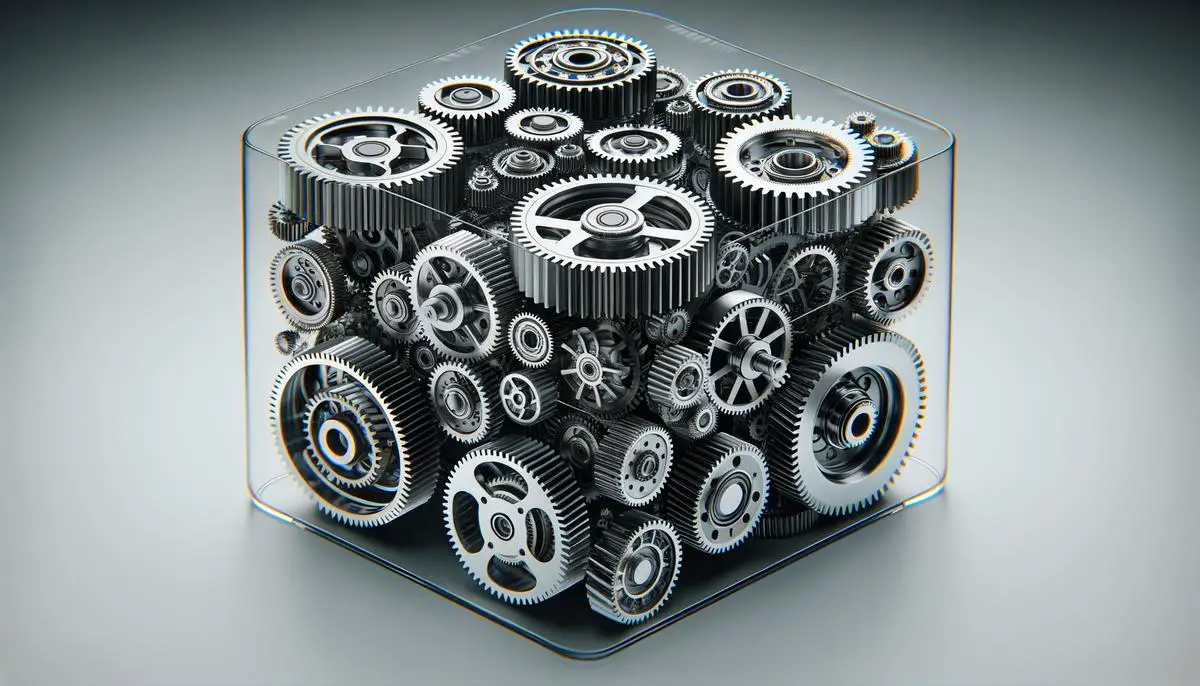
As we look toward the future, the evolution of gear ratio technology continues to shape the efficiency, performance, and sustainability of machinery and vehicles. The developments in this field not only promise a more optimized use of energy but also a greater harmony with our environmental goals. Gear ratios are more than just numbers and mechanisms; they are key players in the ongoing quest for innovation, offering solutions that elevate the capabilities of machines while addressing the challenges of a changing world.
